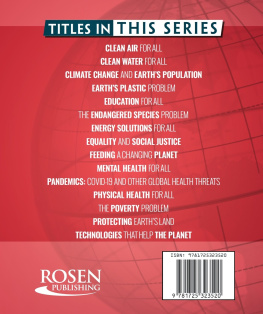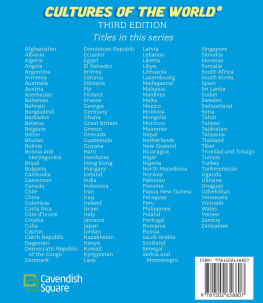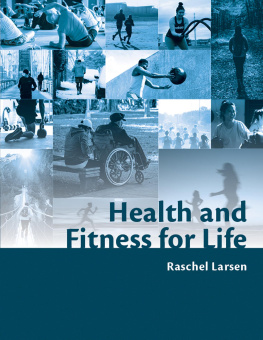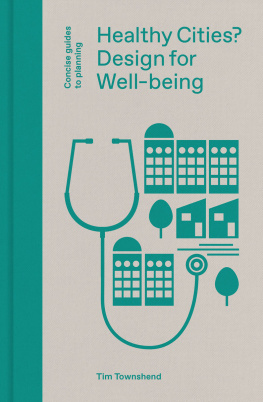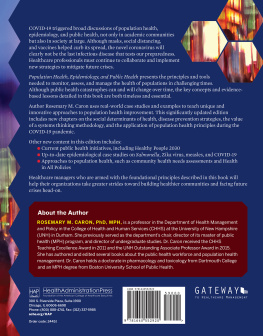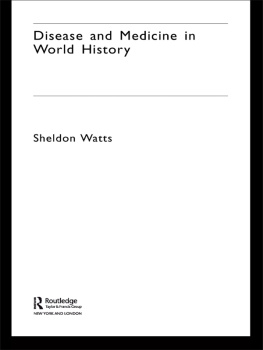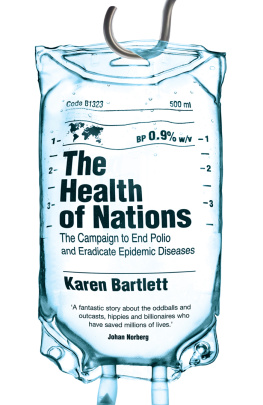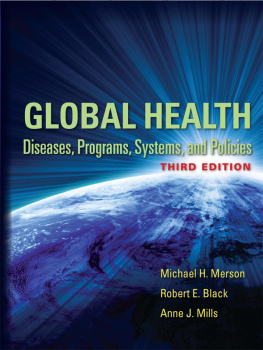
Published in 2022 by The Rosen Publishing Group, Inc.
29 East 21st Street, New York, NY 10010
Copyright 2022 by The Rosen Publishing Group, Inc.
All rights reserved. No part of this book may be reproduced in any form without permission in writing from the publisher, except by a reviewer.
First Edition
Editor: Theresa Emminizer
Book Design: Michael Flynn
Photo Credits: Cover goffkein.pro/ RUTH MCDOWALL/AFP/Getty Images.
Some of the images in this book illustrate individuals who are models. The depictions do not imply actual situations or events.
Library of Congress Cataloging-in-Publication Data
Names: Morlock, Rachael, author.
Title: Physical health for all / Rachael Morlock.
Description: New York: Rosen Publishing, [2022] | Series: Spotlight on global issues | Includes index.
Identifiers: LCCN 2020003760 | ISBN 9781725323490 (paperback) | ISBN 9781725323520 (library binding) | ISBN 9781725323506 (6 pack)
Subjects: LCSH: Health--Juvenile literature. | Hygiene--Juvenile literature.
Classification: LCC RA777 .M677 2022 | DDC 613--dc23
LC record available at https://lccn.loc.gov/2020003760
Manufactured in the United States of America
CPSIA Compliance Information: Batch #CSR22. For further information contact Rosen Publishing, New York, New York at 1-800-237-9932.

CONTENTS

CHAPTER ONE
HEALTHY
GOALS
One of the most powerful ways to build a strong and thriving community is to support the physical health of its members. In the global community, many physical health challenges prevent people from living well. But new directions and discoveries in science and technology can help people live healthier lives and contribute to the best possible world.
Over 95 percent of the worlds population suffers from at least one health problem. Some problems can be easily cured, while others last a long time and can lead to disability or death. Everyone should be able to access medical care when they need it, and providing accessible and effective care is a global challenge.


Everyone should have access to health care when they need it. Healthy citizens improve the communities they live in by contributing fully and actively.
The fields of medicine and public health are designed to meet that challenge. The medical field focuses on detecting and treating diseases using science and technology. Public health workers aim to prevent disease and prolong life by researching causes, tracking illness and injury, and providing education. Working together, people in these fields can improve life for people around the world.
In 2015, the United Nations (UN) adopted a number of goals to boost health and well-being. The UNs goal is to reach its targets for physical health by 2030. These goals include stopping dangerous communicable diseases from spreading, preventing and treating noncommunicable diseases, reducing environmental pollution, providing better care for mothers and young children, and offering universal health coverage so everyone has access to lifesaving medicines and care. These goals draw attention to some of the greatest barriers to maintaining good physical health today.
CHAPTER TWO
A HISTORY OF
DISEASE AND MEDICINE
From ancient to modern times, the spread of disease, a lack of healthy food, and a wide range of environmental factors have threatened health. However, ideas about health and the treatment of illnesses have changed over time. Scientific theories and technologies have revolutionized our understanding of disease and medicine.
Disease and illness have always been part of human life. When hunter-gatherers settled into agricultural lifestyles, diseases became more common. Illnesses spread between humans and the animals they domesticated for food. Some agricultural societies relied on only a few crops for food, and their diets were missing key nutrients. As human settlements grew, diseases passed more easily between people. These groups also faced the challenges of finding clean drinking water and disposing safely of wastes.
Ancient peoples looked to myths, religious ideas, and superstitions to account for diseases. Many religions enforced rules about cleanliness and sanitation for spiritual reasons. These rules also worked to prevent disease. An ancient Greek doctor named Hippocrates studied disease in a more scientific way in the fifth or fourth century BC. He suggested that disease resulted from imbalances in the body or problems in the environment. Hippocrates made a distinction between what we now called epidemic diseases and endemic diseases. Epidemic diseases spread quickly and in large numbers. Endemic diseases are limited to a specific environment. These terms helped people think in new ways about how diseases came about, and theyre still used today.

Hippocrates is known as the father of medicine. However, the teachings and ideas credited to Hippocrates were probably the work of more than one person.
In the Middle Ages, large populations and increasingly packed cities led to the spread of disease. Contagious diseases swept around the world throughout this period, starting with the plague, which hit Constantinople in AD 542. Epidemics of diseases called leprosy, smallpox, and tuberculosis were also common. The greatest tool in combating large epidemics was isolating infected people, or setting them apart from others.
After the Black Death ravaged Europe in the 1300s, countries introduced quarantines to keep travelers and merchants from spreading the disease. A quarantine is a period of time in which a person possibly exposed to a disease is isolated. Theyre free to go after a time if its clear they havent been infected.
Many of the diseases of the Middle Ages were caused by poor sanitation. The accumulation of garbage and waste in cities attracted rats, which helped spread diseases such as the plague. Diseases also spread quickly between people in crowded living conditions.


Antoine van Leeuwenhoeks microscope opened up a new world. A finely ground lens made it 10 times more powerful than previous microscopes so that Leeuwenhoek could see bacteria, protozoa, and blood cells.
Technological and scientific advances supported a greater understanding of how diseases spread. Scientist Antoine van Leeuwenhoeks improvements on the microscope allowed him to view bacteria for the first time in the 1670s. This was a step in understanding how microscopic organisms like bacteria could cause disease.
Next page
